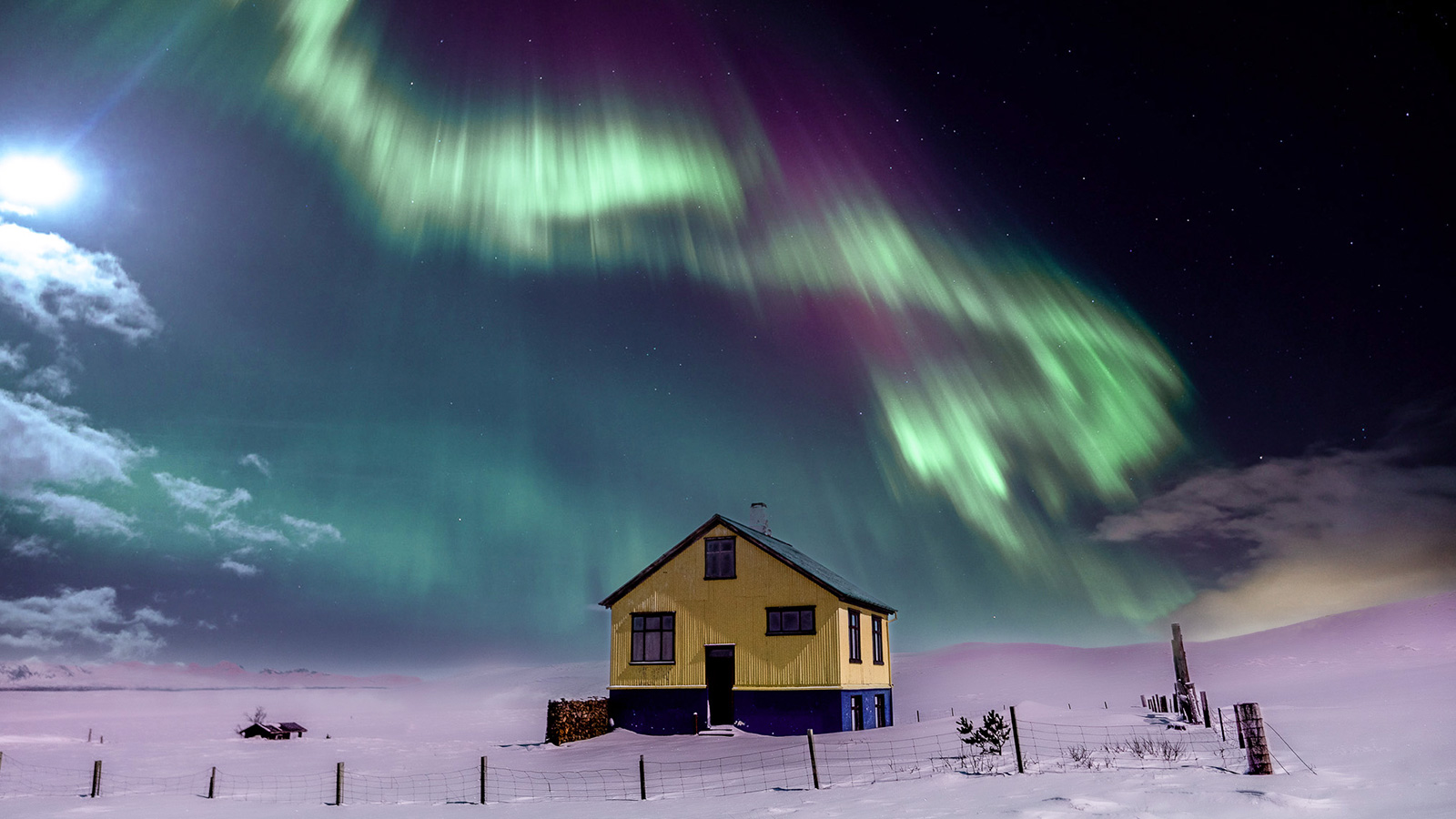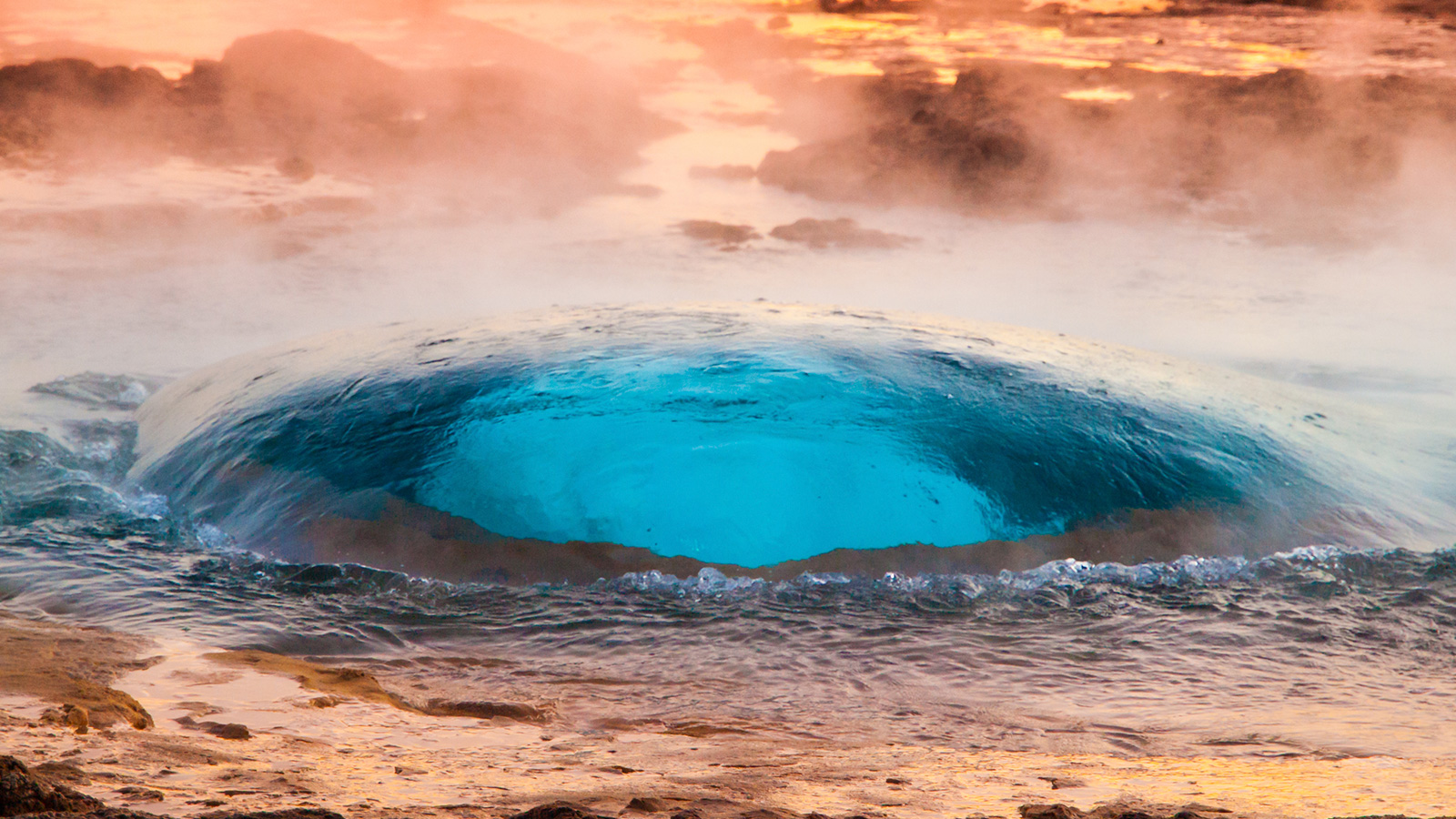For many travelers, witnessing the Northern Lights in Iceland is a once-in-a-lifetime dream. The swirling greens, purples, and pinks of the aurora borealis dancing across a dark Arctic sky is a sight that words can hardly describe. But one question always comes first: When is the best Time to See the Northern Lights in Iceland?
The truth is that this awesome country offers aurora opportunities for more than half of the year, but the experience changes depending on the season. Here’s a detailed guide to help you plan your Northern Lights trip.
Understanding the Northern Lights Season
The Northern Lights appear when charged particles from the sun collide with the Earth’s atmosphere, creating colourful light displays high above us. However, even if the solar activity is strong, the auroras can only be seen in dark skies.
That is why the official Northern Lights season in Iceland runs from late August until mid-April. During these months, the nights are long enough to provide the darkness needed to spot the lights. From mid-April to mid-August, Iceland experiences the midnight sun, which keeps the sky bright almost 24 hours a day, making aurora sightings impossible.
Best Months to Visit for Northern Lights
September & October: Early Season Magic
- Nights become darker, while temperatures are still milder compared to winter.
- Autumn colours across Iceland’s landscapes create beautiful backdrops for your trip.
- A great time to combine Northern Lights tours with hiking, waterfalls, and Golden Circle sightseeing.
November to February: Winter’s Peak Season
- These are the darkest months of the year, offering the highest chance of seeing the Northern Lights.
- Snow-covered waterfalls, glaciers, and lava fields add a magical winter atmosphere.
- Be prepared for more unpredictable weather; clouds and storms are common, so flexibility is key.
March & Early April: A Bright Ending
- Days start to get longer, but nights are still dark enough for aurora viewing.
- This is an excellent time for travellers who want both Northern Lights and longer days for activities like ice caves or spring hiking.
- The weather is often calmer than in mid-winter.
What Time of Night Can You See the Northern Lights?
Auroras can appear anytime it is dark, but the best time of the night to see the Northern Lights in Iceland is between 9:00 PM and 2:00 AM. These hours are considered the peak window.
Our guides monitor cloud cover and aurora forecasts to find the best windows each night, but patience and flexibility are key. Sometimes the lights show up quickly, and other times they require a little waiting.
Factors That Affect Aurora Sightings
Two things must align for a successful Northern Lights show:
- Solar Activity: The sun must release charged particles that reach Earth.
- Clear Skies: Without cloud-free conditions, the auroras remain hidden.
This is why joining our Northern Lights tour from Reykjavík increases your chances. At EastWest, our expert guides check the latest forecasts and take you far from the city’s light pollution, giving you the best possible opportunity to experience the auroras.
Why Iceland Is Perfect for Aurora Hunting
Few countries rival Iceland for Northern Lights experiences. Not only is the island located under the “auroral oval” (a prime viewing zone), but its wide-open landscapes mean you can watch the lights dance above glaciers, black-sand beaches, waterfalls, and mountains.
At EastWest, we make the experience extra special by offering:
- Small group Northern Lights tours with a maximum of 19 guests.
- Complimentary photographs of you under the auroras, so you bring home unforgettable memories.
- Hot chocolate and kleinur (traditional Icelandic pastries) to keep you cosy while you wait for the show.
- Private services.
Final Tips: When Should You Visit?
So, when is the best time to see the Northern Lights in Iceland?
- September–October: Great balance of mild weather and dark skies.
- November–February: The highest chance of sightings thanks to the longest nights.
- March–April: A mix of Northern Lights hunting and longer days for adventures.
No matter when you choose to travel, the Northern Lights are always worth the journey. Join EastWest on a Northern Lights tour in Iceland and let us take care of the details, so all you need to do is look up and enjoy the show.
If you’d like to learn more about the magical spectacle of the aurora, don’t miss our post “Best Spots to See Northern Lights in Iceland” and “Northern Lights in Iceland: Best Tricks To Find Them”, both dedicated to this fascinating phenomenon.


